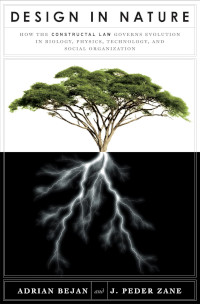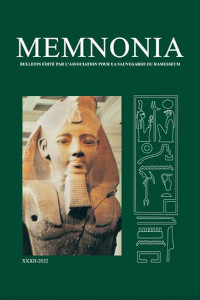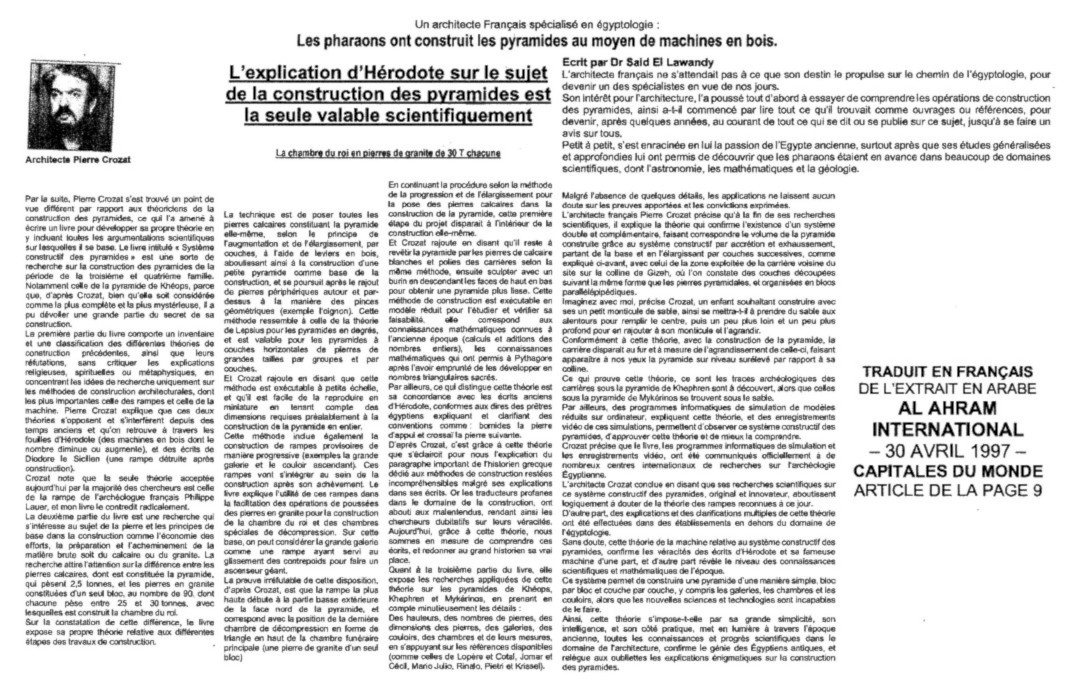|
« La recherche des carrières autour des pyramides et en particulier celle de Chéops, à la suite d’une étude géologique du sol et des blocs en calcaire nummulitique lutétien local utilisés pour la construction de la pyramide même à 98 %, a permis à Pierre Crozat (2002) de montrer dans sa thèse que la pyramide de Chéops, de même que les autres pyramides égyptiennes, se construisaient à partir du centre de la base par accroissement volumique, et doivent être incluses dans le “continuum technique” des ouvrages tumulaires préhistoriques. La compréhension du mode de construction n’est pas du domaine de la “géométrie” extérieure, obtenue, pensait-on, à l’aide de rampes, mais de celui de la “logistique ou algorisme” interne, cumulatif de la pratique ouvrière qui génère la forme. Cela n’empêche pas que le résultat du volume régulier obtenu réponde également à des régularités de la géométrie pythagoricienne, vantées dès l’Antiquité. »
Courriel de J.P. MOHEN à P. CROZAT :
Monsieur,
Vous savez l’intérêt que je porte à vos travaux sur les méthodes utilisées par les architectes de
l’Égypte ancienne quand ils construisaient leurs pyramides ; votre bonne connaissance de la géologie et celle des sciences de l’ingénieur vous prédisposaient à comprendre mieux que quiconque comment les anciens égyptiens s’y prenaient avec une intelligence et une économie de moyen, en commençant par le cœur du monument, en progressant par degrés et en utilisant le système du levier ; votre thèse soutenue à l’École des Mines de Nancy où j’étais invité à participer à votre jury en raison des travaux que j’avais réalisés sur la manipulation d’un mégalithe de 32 tonnes, l’a brillamment prouvé.
Vos observations et vos expériences qui ont suivi depuis ce premier travail qui a fait l’objet d’une publication, vous persuadaient de plus en plus que cette vision du problème était aussi pertinente qu’originale.
Une bonne connaissance des monuments anciens eux-mêmes et une phase expérimentale dans les conditions similaires les plus proches des originaux, dans un lieu à choisir avec les autorités compétentes apporteraient une conviction scientifique souhaitée. Je vous souhaite cette réussite.
Avec mes sentiments les meilleurs.
Jean-Pierre MOHEN |
"Research into the quarries around the pyramids, and in particular that of Cheops, following a geological study of the soil and the local Lutetian nummulitic limestone blocks used in the construction of the pyramid itself at 98%, enabled Pierre Crozat (2002) to show in his thesis that the pyramid of Cheops, like the other Egyptian pyramids, was built from the center of the base by volume increase, and must be included in the "technical continuum" of prehistoric tumulus structures. Understanding the mode of construction is not a matter of external "geometry", obtained, it was thought, with the aid of ramps, but of internal "logistics or algorism", cumulative of the working practices that generate the form. This does not prevent the result of the regular volume obtained from also responding to the regularities of Pythagorean geometry, extolled as far back as Antiquity."
E-mail from J.P. MOHEN to P. CROZAT:
Mr,
You know how interested I am in your work on the methods used by the architects of ancient Egypt to build their pyramids; your good knowledge of geology and the engineering sciences predisposed you to understand better than anyone else how the ancient Egyptians went about it with intelligence and economy of means, starting with the heart of the monument, progressing by degrees and using the lever system; your thesis defended at the École des Mines de Nancy, where I was invited to take part in your jury because of the work I had done on the handling of a 32-tonne megalith, proved this brilliantly.
Your observations and experiences since that first published work have convinced you more and more that this vision of the problem was as relevant as it was original.
A good knowledge of the ancient monuments themselves and an experimental phase in similar conditions as close as possible to the originals, in a location to be chosen with the relevant authorities, would provide the desired scientific conviction. I wish you every success.
With my best regards.
Jean-Pierre MOHEN |





